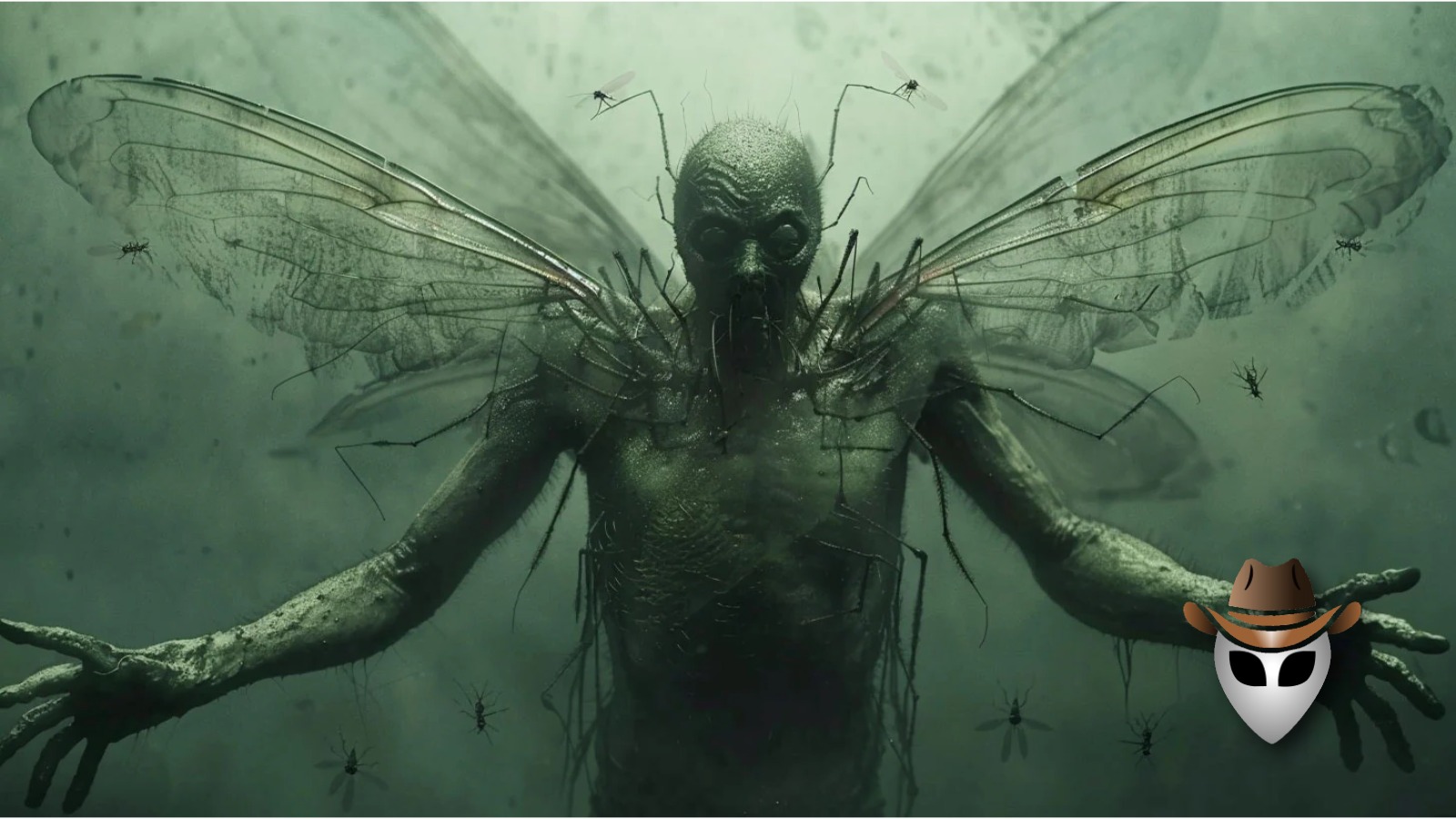In African folklore, few figures are as intriguing and mysterious as the adze. This creature, often depicted as a shape-shifting vampire, has captivated the imaginations of many, leading to a complex blend of belief, myth, and skepticism. The adze, or “adzee,” is a supernatural being from the folklore of the Ewe people of Ghana and Togo. According to legend, the adze is a vampire-like creature that can transform from a human form into a firefly or other small insect. It is said to feed on the blood of its victims, often targeting children, and can cause illness or death. The adze is also believed to be capable of inflicting misfortune and is associated with witchcraft.
Evidence in Favor of the Adze’s Existence
Cultural Accounts: The primary evidence for the adze’s existence comes from the Ewe people‘s oral traditions and folklore. Numerous accounts describe the adze as a feared entity with specific characteristics and behaviors. These stories have been passed down through generations, illustrating a deep-seated belief in the creature’s existence within the community.
Historical Records: Early European missionaries and colonial officials documented the belief in the adze among the Ewe and other neighboring tribes. Their records provide a glimpse into how the adze was perceived and the role it played in traditional African spirituality. These accounts often reflect the social and cultural importance of the adze in maintaining social order and reinforcing community values.
Anthropological Studies: Anthropologists studying the Ewe and similar cultures have reported detailed descriptions of the adze in their fieldwork. These studies highlight the consistency of adze stories across different regions and among various individuals, suggesting a shared cultural understanding of the creature. The adze often appears in discussions about witchcraft and spiritual practices, reinforcing its significance in local belief systems.
Evidence Against the Adze’s Existence
Lack of Empirical Evidence: From a scientific perspective, there is no empirical evidence to support the existence of the adze. No physical remains, such as fossils or artifacts, have been discovered that would confirm the presence of such a creature. The adze, as described in folklore, lacks verifiable proof and is considered a mythological entity rather than a real, tangible being.
Cultural Interpretation: Some scholars argue that the adze may be a cultural construct rather than a literal creature. The stories about the adze could be symbolic representations of societal fears and anxieties, such as the fear of illness or the need to enforce social norms. In this view, the adze serves as a metaphorical figure used to explain misfortune or maintain social order rather than a real, physical entity.
Psychological Explanations: Psychological theories suggest that the belief in creatures like the adze might be rooted in collective fears and psychological phenomena. For example, the adze’s association with vampirism and illness could be a manifestation of communal anxieties about disease and death. Such psychological interpretations offer an alternative explanation for the persistence of the adze myth without requiring the actual existence of the creature.
The debate over the adze’s existence highlights the complex interplay between myth and reality. On one hand, the adze is a prominent figure in African folklore, supported by cultural narratives and historical records that reflect its significance within the Ewe community and neighboring cultures. On the other hand, the lack of empirical evidence and the potential for symbolic interpretation suggest that the adze might be more a product of cultural imagination than a real, physical being.
Understanding the adze requires recognizing the value of cultural beliefs and the role they play in shaping social and spiritual practices. While the adze may not have physical evidence to support its existence, its impact on the beliefs and traditions of the Ewe people is undeniable. The creature serves as a powerful symbol within its cultural context, reflecting the fears, values, and practices of the community.
The adze remains an intriguing example of how folklore and myth can intertwine with our understanding of reality. Whether viewed as a literal entity or a cultural construct, the adze continues to captivate and provoke thought, illustrating the profound ways in which myth and belief shape human experience.
Share Your Thoughts!
Is the adze a real creature, or a myth? Share your thoughts in the comments below!
